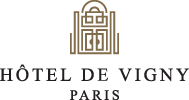
The Art of Pastel Show and Diverse Works of Paul Gauguin
12 April 2017
Discover how 19th century artists used a wide variety of styles; from Paul Gauguin’s multi-media pieces at the Grand Palais to pastel art at the Petit Palais...this experimental era, in many ways, paved the way for modernism.
Gauguin the Alchemist at the Grand Palais
Grand Palais (October 2017 - 22 January 2018)
240 pieces of art and pioneering techniques are on display at the Grand Palais this October. Gauguin the Alchemist not only reveals the artist’s expansive vision in paintings, woodcuts and ceramics… but also gives the viewer insight into Gaugin’s complex art.
Mixed Media Sculpture
Beginning with sculpture, this exhibition shows the variety of media that informed his work. Primitive woodcuts follow one of Gauguin’s first examples of mixed material. In The Singer, a Degas-like figure emerges from her medallion-like cocoon with flowers made out of plaster. When we look at the protruding face and bouquet, we can almost feel the force of the artist’s hand carving into the hard surface. Then there is the gilding of the background, which inspired the ceramics he was to make later. One of the most modern things about Gauguin is his jumble of seemingly incompatible materials which come together to form these powerful pieces of sculpture.
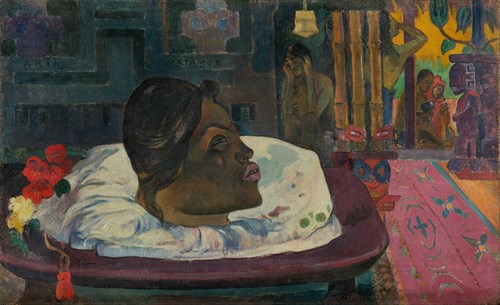
Ceramic Monstrosities
Fast-forward to 1889 and one of the masterpieces of Gauguin’s ceramics; Self-Portrait in the Form of a Grotesque Head. The artist savagely attacks the clay to present himself as a monster. In fact, the distortions of the facial features were inspired by the Louvre’s Hellenistic terracotta human mask. The use of clay in the distorted sculpture and hollowing-out techniques, as well as the rough surfaces, show Gauguin’s pursuit of the unconventional and primitive in his art practice.
Oil Paintings on Canvas
The next room displays paintings of Tahiti on coarse canvas. Inspired by the beauty of the island, Gauguin cast conventional painting aside in a quest “to shock Parisians”. The Royal End is a painting of a severed head in which we can see the underlying fabric. This method produces a more unusual effect than absorbent materials, the raw canvas soaks up the oil, producing a matte, richly coloured surface. Gauguin had abandoned the Impressionists’ glimmering ideas of painting: that was too artificial. Instead, the piece conveys a harmony of colours and materials.
The Art of Pastel at the Petit Palais
Petit Palais (4th October 2017 until 8th April 2018)
The Art of Pastel at the Petit Palais displays some of the gallery’s rarely seen drawings and paintings. It attempts to explore the breadth and diversity of pastel works and reveal chalk as a crucial tool for the great artists from Impressionism to Symbolism.
Pastels in Impressionist Art
The use of broken colour in pastel became popular with Impressionists in the 19th century. Chalk’s brilliant hues and spontaneous application were in harmony with the methods of the movement. It was, however, Degas, who transformed pastel into a major medium. On display are important pieces from 1875 onwards with rich surfaces of sparkling colour and varying texture. Some of the nudes displayed would’ve been presented in the final Impressionist exhibition in 1886, revealing his mastery of this sensuous medium.
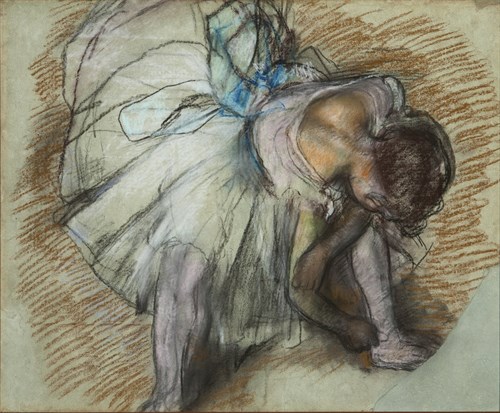
While Mary Cassatt was perhaps the only other Impressionist to create her renowned work in pastel, many others are brought into the show, including Renoir and Gauguin, exploiting the medium’s ability to conjure up the brightness of nature and intimacy of domestic scenes.
Symbolist Methods
This display also shows Symbolist art rejecting the naturalistic aims of the Impressionists. Works by Alphonse Osbert and Charles Leandre, are certainly representations of symbolist methods.
Yet, it is the scribbles by Odilon Redon, which take centre stage. In paintings such as Flower Clouds, the entire background is composed of brush strokes of pastel. Examining the piece, we can see how Rodin manipulated them further with a brush to uncover areas of the underlying pastel colours. What distinguishes Redon’s method is that he also obscured his famous noir paintings with coloured pastels in order to create his compositions.
Just a Short Walk Away from the Art Shows
With a remarkable schedule of events throughout October, it’s the perfect time to visit Paris; and the five-star Hotel de Vigny is just a 20-minute walk from the famous galleries; and with fantastic offers throughout winter, now is the perfect time to book a cultural city break.
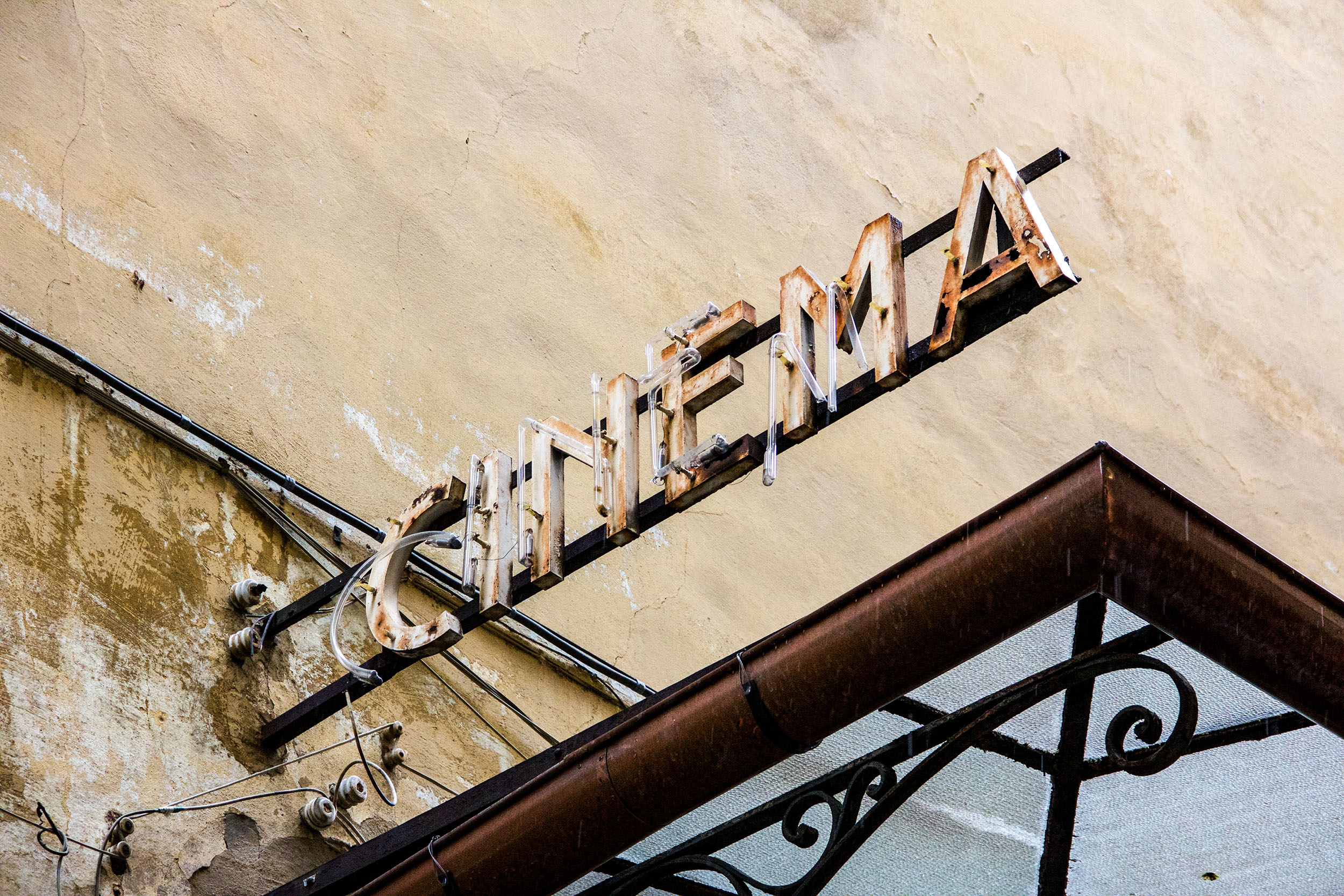
Paris – Where Moving Pictures Began
Learn how the France’s cinematic landscape has evolved over the years, how film techniques have developed, and where to go for an authentic movie expe...
Click here for more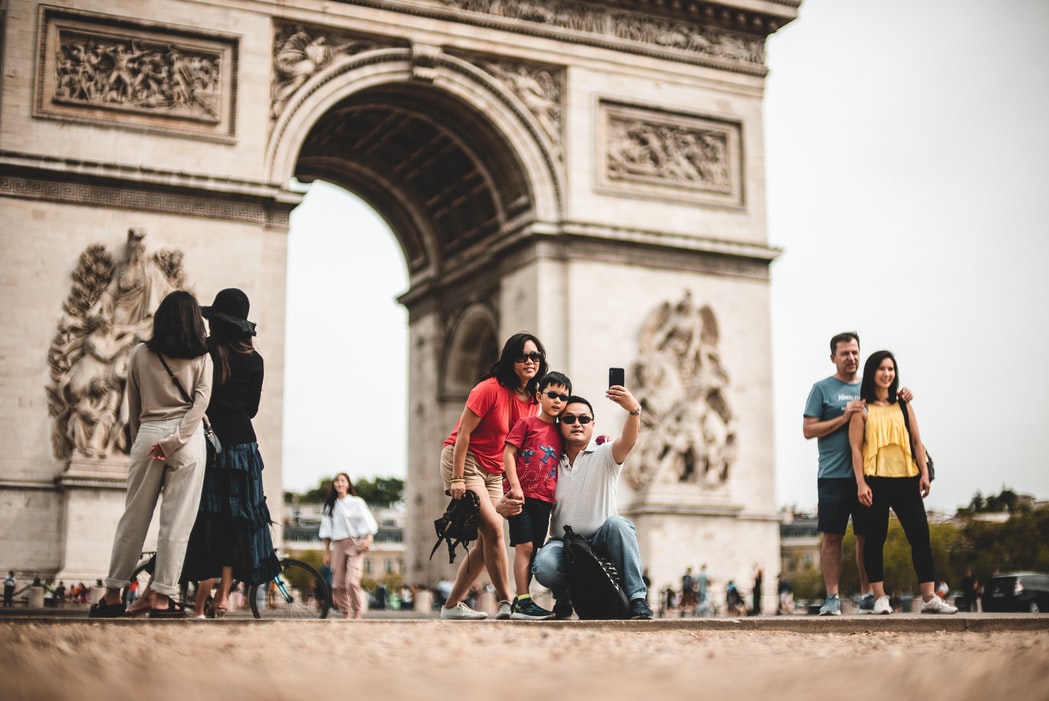
Things to do in Paris with Kids
Paris is brimming with family fun. From theme parks and kid-friendly museums, to sightseeing with a sweet twist – you have a lot of options to choose ...
Click here for more